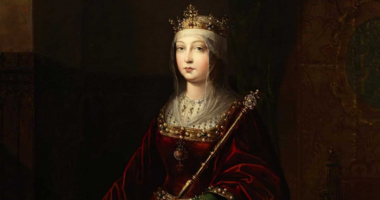Top 4 Interesting Facts about Jonathan Swift
The author of Guillver’s Travels was a leading writer and satirist, celebrated for his ironic writings and considered the foremost prose satirist in the ... read more...English language. Jonathan Swift is best known for what is now a staple children’s book, but the stories he’s penned have a deeper, multi-faceted meaning. Here are some interesting facts about Jonathan Swift that you might not have known!
-
Particularly well-liked in the US, Germany, and Brazil is the feminine given name, Vanessa. The Anglo-Irish author Jonathan Swift created it for Esther Vanhomrigh, whom he had trained after they had met in 1708. This is an interesting fact about Jonathan Swift. The name was made by combining "Essa," a pet version of Esther, with the "Van" in Vanhomrigh's last name.
The first time the name Vanessa was printed was in Cadenus and Vanessa, a poem by Swift about his friendship with Vanhomrigh that was published in 1726. The poem was composed by Swift in 1713, but it was not made public until 1715, three years after Vanhomrigh's passing. Johan Christian Fabricius chose the name Vanessa for a genus of butterflies in 1807.In 2007, the 71st most common girl's name in the United States was Vanessa. Since 1953, it has ranked among the top 200 girls' names in the US, and since 1977, it has ranked in the top 100. It debuted in 1950 when it was rated 939th on the list of the top 1,000 girls' names in the United States.
Since 1976, Vanessa has ranked among the top 100 girls' names in Germany. The name grew in popularity and peaked at number 7 on the list of girls' names throughout the 1990s. The name fell out of favor in the years that followed, and it is now placed 42nd overall for the ten years between 2000 and 2009.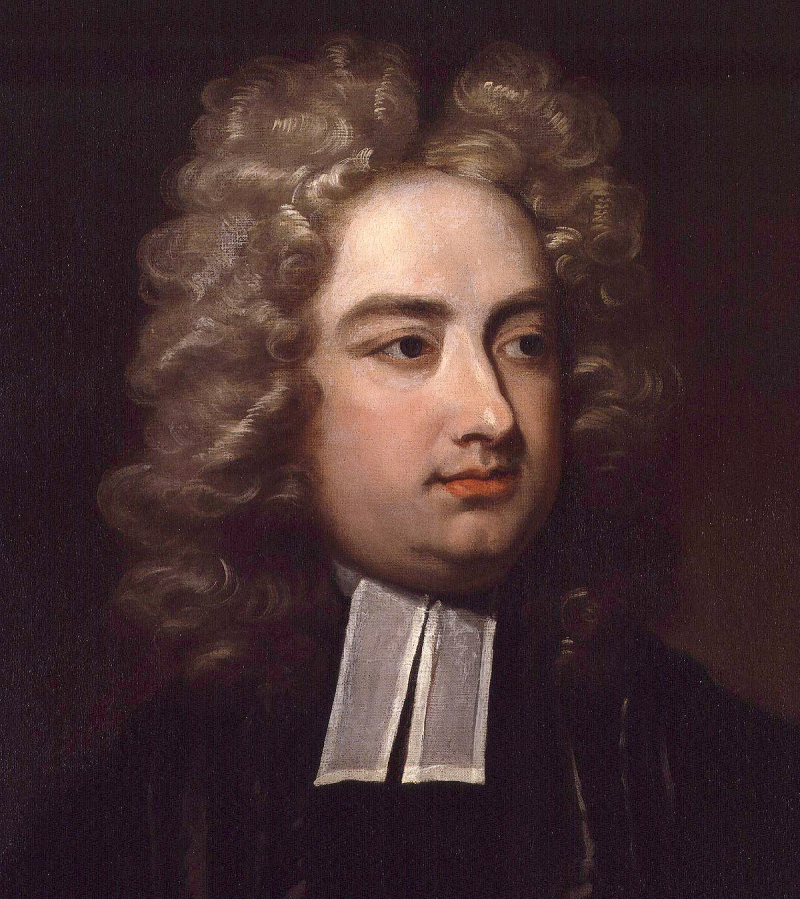
Photo: https://vi.wikipedia.org/wiki/Jonathan_Swift 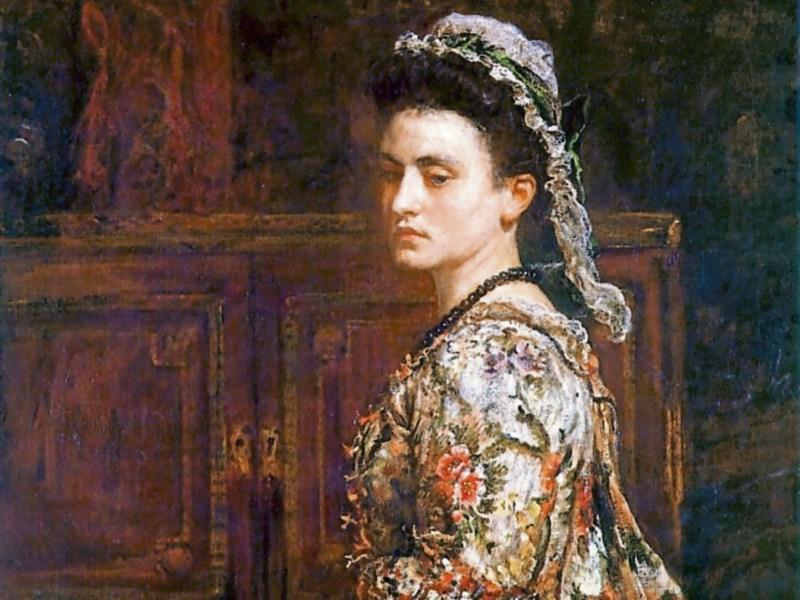
Photo: https://www.behindthename.com/name/vanessa -
An English idiom is known as "sweetness and brightness" can be used in everyday speech to express one's own happiness and consciousness, while native speakers can find this to be a bit over the top or to give a literal account of another person. Some people might use the term with a hint of irony, depending on their sense of humor.
For instance, the two had been at odds for a month, yet when they were among other people, everything was well. The expression was frequently used by renowned humorist P. G. Wodehouse, sometimes with a subtle gesture to its contradictory nature. However, "sweetness and brightness" originally had a unique meaning in literary and cultural criticism, i.e., "pleasing and instructional," which was thought to be the purpose and justification of poetry in classical thinking.
The phrase was first used by Jonathan Swift in his mock-heroic prose satire "The Battle of the Books" (1704), which was written as a prolegomenon to his A Tale of a Tub and was a defense of classical education, an interesting fact about Jonathan Swift. When English poet and essayist Matthew Arnold used it as the first section title of his 1869 book Culture and Anarchy: An Essay in Political and Social Criticism—where "sweetness and light" stand for beauty and intelligence, the two essential elements of a superior culture—it became well-known during the Victorian era.
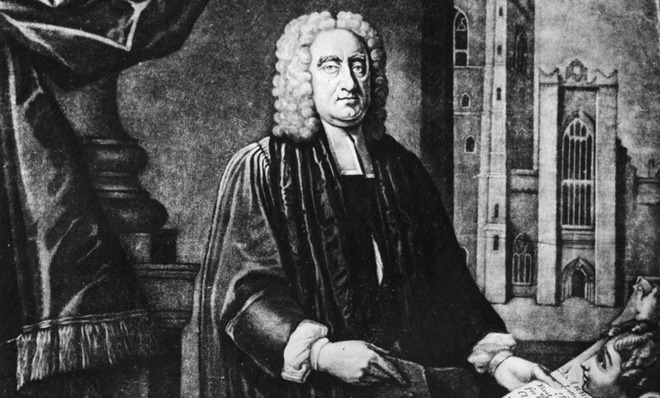
Photo: https://theweek.com/articles/441971/8-words-coined-popularized-by-jonathan-swift 
Photo: https://quotefancy.com/quote/1014617/Jonathan-Swift-The-two-noblest-of-things-which-are-sweetness-and-light -
Jonathan Swift was born in Dublin, although he spent the majority of his life—including his formative years—in England. Before the fall of the Tory government, Swift hoped that his services would be rewarded with a church appointment in England. However, Queen Anne appeared to have taken a dislike to Swift and thwarted these efforts. Her dislike has been attributed to A Tale of a Tub, which she thought blasphemous, compounded by The Windsor Prophecy, where Swift, with a surprising lack of tact, advised the Queen on which of her bedchamber ladies she should and should not trust.
The best position his friends could secure for him was the Deanery of St Patrick's; this was not in the Queen's gift, and Anne, who could be a bitter enemy, made it clear that Swift would not have received the preferment if she could have prevented it. With the return of the Whigs, Swift's best move was to leave England and he returned to Ireland in disappointment, a virtual exile, to live "like a rat in a hole". He returned to Ireland and started writing in support of several Irish causes after his hopes for a major position in the church failed. After reading "Proposal for the Universal Use of Irish Manufacture," "Drake's Letters," and "A Modest Proposal," he firmly embraced Irish nationalism.
But this wasn't a good thing. The Government made an effort to intimidate him, and in 1720, his printer was found guilty of seditious libel. The fact that this constituted a crime indicated that the activity in question was hostile to the established order. Because the works were published under a pseudonym but were generally recognized as being by Swift nonetheless, he was not found guilty. Some of Jonathan Swift's best work was in support of the Irish
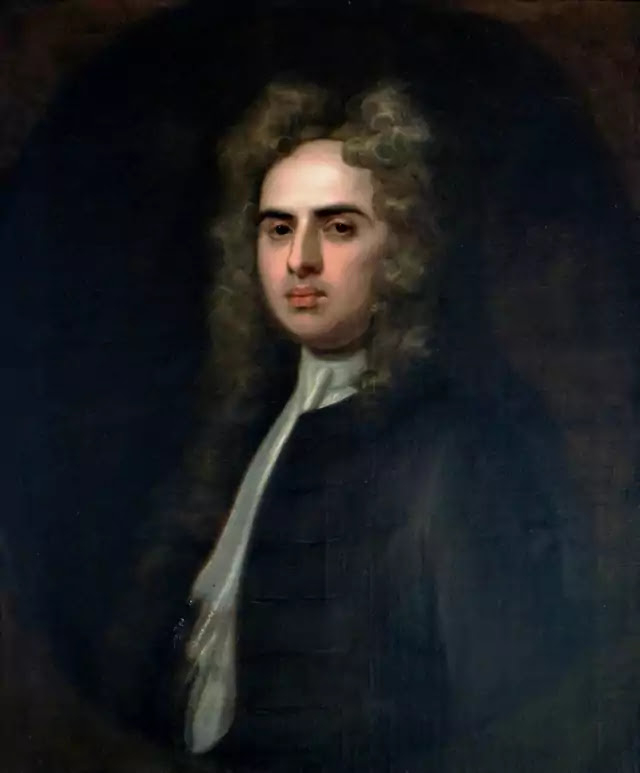
Photo: https://www.wbur.org/onpoint/2014/03/20/jonathan-swift-leo-damrosch-satire 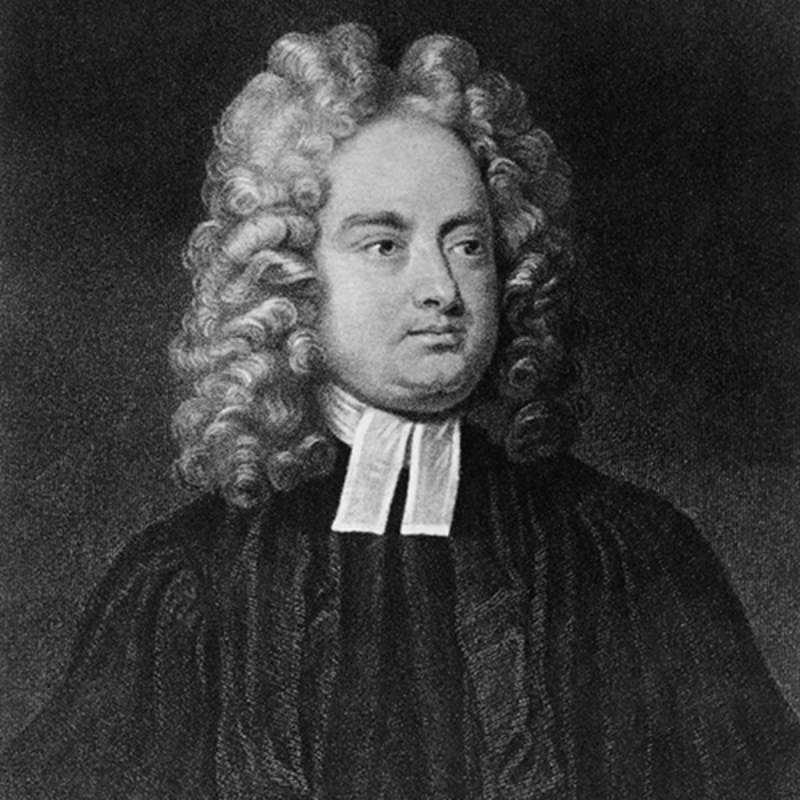
Photo: https://olganm.wordpress.com/2014/01/17/guest-classic-author-jonathan-swift-wit-satire-travels-religion-and-politics/ -
Today, St. Patrick’s Hospital in Dublin, known for its patients' innovative care, provides “Ireland’s largest, independent, not-for-profit mental health services." When founded in 1745 by the bequest of Jonathan Swift, it was the first psychiatric hospital to be built in Ireland, mandated for the care of “idiots and lunatics."
Jonathan Swift once said, "The best doctors in the land are Dr. Diet, Dr. Quiet, and Dr. Merry-man." Jonathan Swift, the organization's founder, novelist, and dean of St. Patrick's Cathedral, is profiled in this intriguing biography by Professor James Lucey, medical director of St. Patrick's Mental Health Services.
Jonathan Swift established Ireland's first mental health services hospital due to his generosity and his idea for a "house for fools and mad," leaving a lasting legacy that will influence mental health treatment in Ireland in the twenty-first century. This is one of the exciting facts about Jonathan Swift.
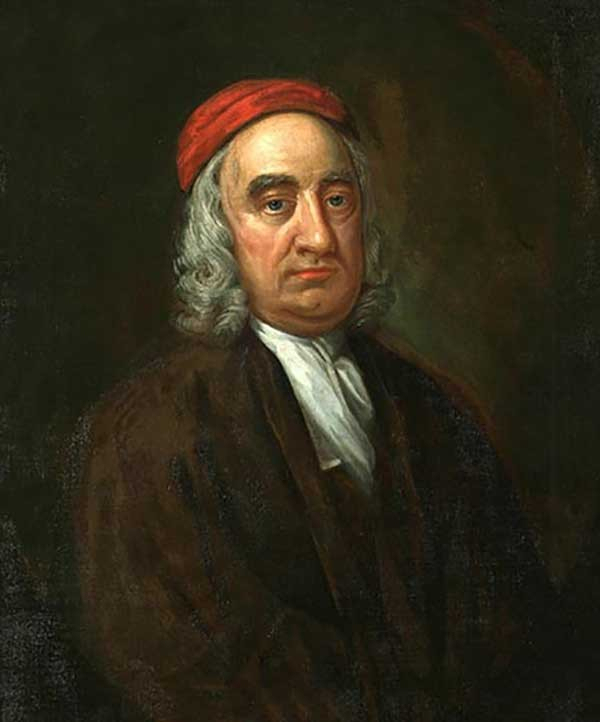
Photo: https://www.poetrysoup.com/article/the_life_and_works_of_jonathan_swift-1589 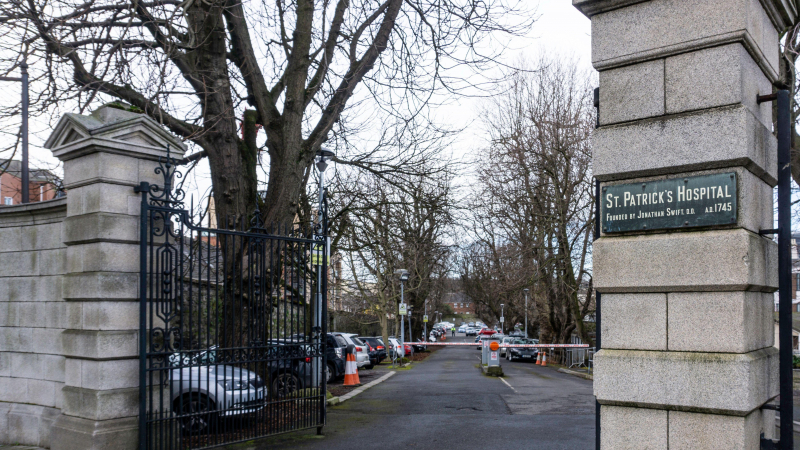
Photo: https://hekint.org/2017/02/23/st-patricks-hospital-a-legacy-of-jonathon-swift/
























